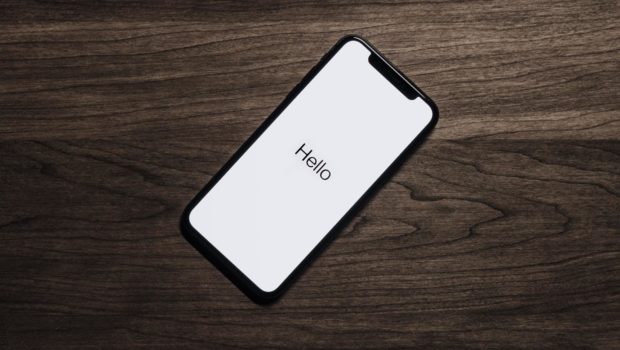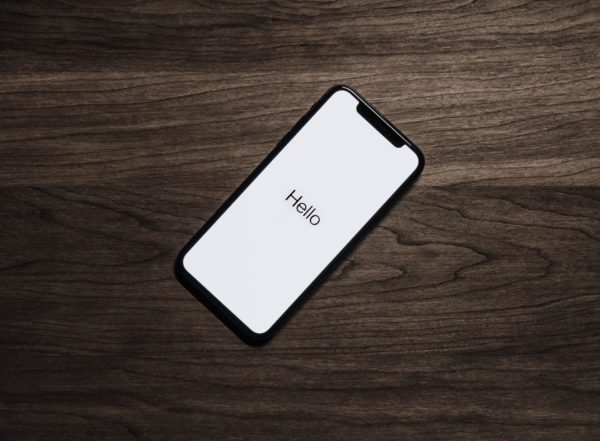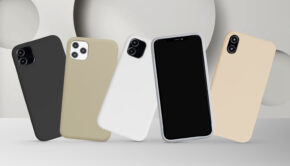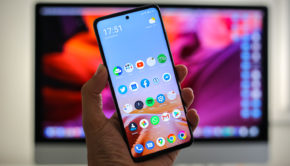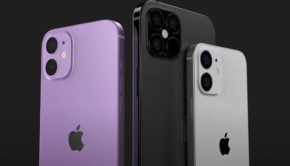What Smartphones Will Look Like in 10 Years
The modern smartphone is an emblematical giant oak tree of technology the world has never seen before. With each innovation in sensor technology, its high speed connectivity, powerful camera, touchscreen interface, etc. at our fingertips, there are no limits to what the device can perform.
At the Mobile World Congress 2018 in Barcelona, all the excitement was about the future technology of mobile phones. To most, it might seem like smartphones are progressing slowly on the surface. You can critic smartphones by their exterior as they all seem to have the same rounded edges, icon layout, and home screen. However, what is within has advanced so much more extensively.
So, what is the future of smartphones? Have you thought about what your smartphone will look like in 2028 or 2030? What can be expected at Mobile World Congress soon?
Here are predictions based on the industry research for the future of smartphones.
You Won’t Need a Charger
We’ve all been there – complaining about the battery life on our mobile devices. Manufacturers have made efforts to enhance the battery with each new model; however, they also speed up processors which drain more energy.
Manufacturers of smartphones are experimenting with various possible solutions like nano-batteries, solar power, hydrogen fuel cells and even kinetic energy. The latter, for example, means your phone will charge as you move around.
So far, some device manufacturers have made it possible to charge their devices wirelessly, but the ports remain. In the coming years, that is likely to change as more and more people are getting accustomed to wireless charging. It is also likely that the future wireless charger will be able to charge phones much faster.
Your Phone Will Recognize You
Many smartphone manufacturers have over the years been trying to come up with ways to reinforce device security while letting users avoid that irritating PIN. There are now numerous devices with features like iris and fingerprint scanners which have proven hackable. Previous experiments in facial recognition also proved to be unsuccessful in the prevention of identity fraud as technology could get fooled by a photo of the user’s face.
There is hope; however, as the New York Times reports that new and emerging facial recognition technology doesn’t only scan facial features, it also examines the contours of a person’s face and head. It makes the software much more difficult to fool.
Facial recognition could become the new standard for unlocking smartphones. Your phone might ultimately recognize you without the need to scan you as the smartphone sensors evolve. Another possibility that in the future it will look for is other unique attributes, for example, your voice or the pattern of your typing.
Augmented Reality Will Become Commonplace
Picture this, you buy a dress online, and when you look through your phone, you see exactly how it would look on you. Future technology of smartphones could take augmented reality (AR) mainstream in industries like the retail, healthcare and tech support. It has already made a debut in the gaming world.
Various mobile device manufacturers have released AR toolkits for mobile app development. This way, the toolkits allow app developers to access a phone’s motion sensors and camera to create apps that lay digital substances on top of the camera’s live view and move them around with accuracy.
With the progress of this technology, the next step is not only smartphones altering and capturing images; they can also project them in the real world. The T3 reports that holographic displays and some digital projectors are in development. However, it will take a few more years for this technology to be inexpensive and reliable for global use.
The latest advances in VR/AR, drones, robotics and artificial intelligence, will get featured in NEXTTech Hall 8.0.
The Increased Usage of Virtual Assistants and Virtual Buttons
The screen size over the years has been expanding. The future smartphones will most likely be all screen with display capabilities on the front, back and the sides of the phone. That means they will be no physical button.
With the help of virtual assistants taking a more prominent role, it will help you navigate your phone and apps, customizing your home screen based on your patterns. The advances in artificial intelligence are aiding these assistants to become smarter and intuitive. They will be able to recognize the desired actions of the user and won’t react to accidental touches or commands.
Your Phone Will Be Flexible and Durable
It’s a matter of time until it becomes increasingly hard to break your phone. Your phone will be durable getting rid of the common issue of easily breakable screens. And you might even get to fold the phone and keep it in your pocket. After so much hype over the years about the flexibility of smartphone screens this could be the year that one finally hits the market according to Fortune.
Device manufacturers are experimenting with ways to strengthen the glass used for smartphone screens according to the recent reports by Macworld and avoid breaking pixels in foldable screens.
Researchers are making substantial breakthroughs with durable materials such as Graphene glass. Some devices are already using sapphire glass. There was even a display space known as the Graphene Pavilion at the Mobile World Congress 2018.
Conclusion
So many new things are a possibility. Your phone will not be the same by 2028, but there are things that will remain the same. Your phone will still be an essential device you own, and it will still fit in the pockets of your jeans.
Any thoughts on what you expect the future smartphones will be like? Share with us!
Author bio:
Roland Harris is a writer and a techie from California. Infatuated by technology since childhood, Roland works as a computer engineer and also strives to find and share knowledge of technology through his writing.

